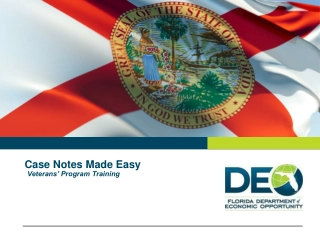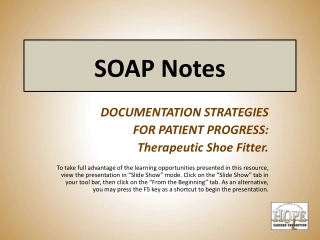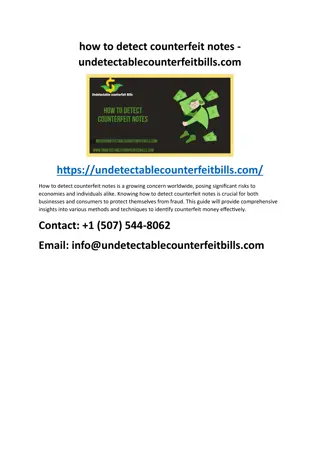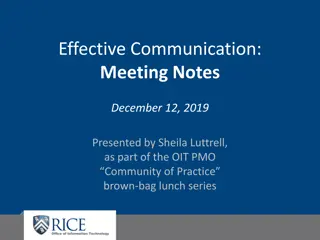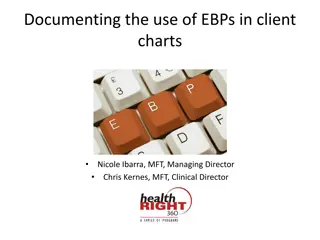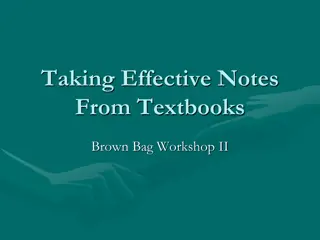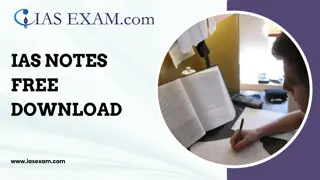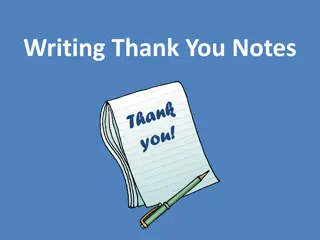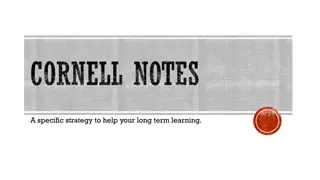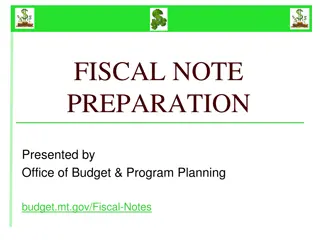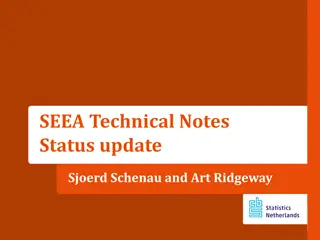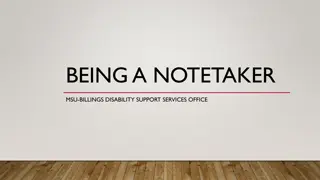How to take Notes
Learn how to take organized notes and enhance your study routine with the Cornell Notes method. Understand the structure, tips for taking notes, and utilizing them for effective studying. Whether using traditional paper or a digital device, this method streamlines your note-taking process. Enhance your study skills and boost your academic performance with Cornell Notes!
Download Presentation

Please find below an Image/Link to download the presentation.
The content on the website is provided AS IS for your information and personal use only. It may not be sold, licensed, or shared on other websites without obtaining consent from the author.If you encounter any issues during the download, it is possible that the publisher has removed the file from their server.
You are allowed to download the files provided on this website for personal or commercial use, subject to the condition that they are used lawfully. All files are the property of their respective owners.
The content on the website is provided AS IS for your information and personal use only. It may not be sold, licensed, or shared on other websites without obtaining consent from the author.
E N D
Presentation Transcript
How to take Notes And actually be able to study from them! Cornell Notes
Strategy No. 1 Cornell Notes What it is a way to take more organized notes What you will need lined notebook paper (and something to write with of course!)
Cornell notes: How it works Put the subject and date at the top of your paper (and each page thereafter), then Divide your paper into three sections, like this:
Cornell notes: How it works Taking notes The large box to the right is for writing notes, either from the lecture or as you read. Skip a line between main ideas and topics. Don't use complete sentences, and don t try to copy down every word from the text or the lecture. Use abbreviations, whenever possible. Develop a shorthand of your own, such as using "&" for the word "and , w/ for with, b/c for because, and so on.
Cornell Notes: Using your notes to study Course name, source (lecture, text), date Review notes as soon as possible after class! Pull out main ideas and put them in the left column Yada, yada, yada, YADA Yada YADA Yada, yada YADA, yada, yada, yada YADA YADA YADA YADA YADA -
Cornell Notes: Using your notes to study Course name, source (lecture, text), date Yada, yada, yada, YADA Yada YADA Yada, yada YADA, yada, yada, yada YADA YADA YADA Write a summary of the main ideas in the bottom section YADA YADA - Yada yada yada yada yada yada yada yada yada
Notebook: Look in your workbook on page ______ which has already been divided for you. Read the assigned text, taking notes on the using this method Your teacher may ask you to share your notes
Using a Laptop? No problem. . . Cornell Notes make yourself a template using the tables feature and mark off the lines for each page using the line in the appropriate feature on your toolbar, just as you would on a sheet of notebook paper. Type your notes in the boxes
Sources The Learning Toolbox, James Madison University




